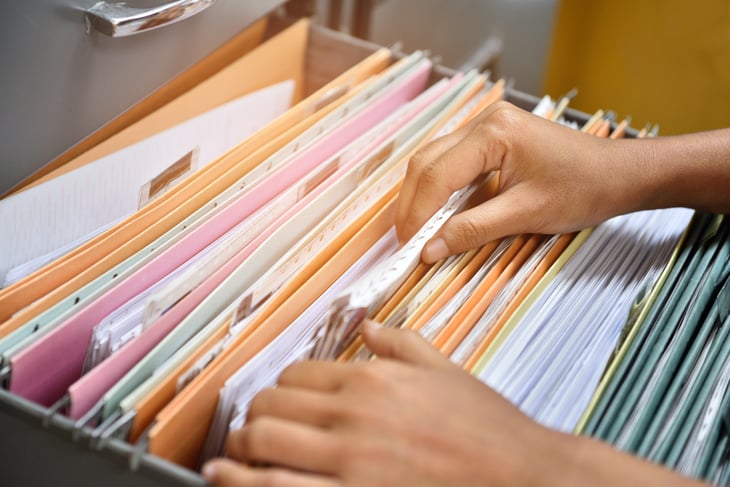
Hurricanes, earthquakes, tornadoes, floods and fires: Disasters strike all the time. But until one hits close to home, most people feel it could never happen to them.
Most of us have insurance to make us whole if the worst occurs. But if disaster strikes, it’s unlikely you’ll be able to remember everything you own. And unless you have accounted for all that stuff, you won’t get what you should from the insurance company.
So the key is to have a full inventory of your possessions. Here are the basic steps for creating a home inventory.
1. Pick your software and storage methods

Scribbling on a napkin or taking a few snapshots is OK, but many better options exist, some of which cost nothing.
Software programs designed for home inventories like Encircle are generally easy to use but not free. DIY options like the home inventory template from spreadsheet website Vertex42 tend to be free but require more work on your part.
So take a little time to do some homework and determine which route is best for you before getting started.
2. List your possessions

Tackle this project by concentrating on one room at a time. Write down the name of every object you own in the room, although you can group items of the same kind, such as kitchen utensils or books.
Make notes on objects’ condition, model and estimated value. Keep receipts if you have them.
3. Take photos and video

Use a digital camera or smartphone camera to photograph your property. Make a brief video of each room while narrating what is in it and how much things are worth.
Remember to open closets and drawers to show everything, and don’t forget to record storage and utility areas, including the basement, laundry room and tool shed.
4. Don’t forget important paperwork

Replacing records, financial and legal documents and identification can be a major hassle. So, take steps to preserve and protect such documents.
5. List valuables separately

Big-ticket items such as jewelry, collectibles and high-end electronics may require separate insurance, and you might want a separate section on the list for them. If you’re especially thorough anywhere, it should be here. Try to include:
- Make
- Model
- Serial number
- Purchase date and location
- Multiple photographs
A great rule of thumb is that the more you paid, the more you document.
6. Keep copies away from home

Whatever your solution, remember you can’t store your inventory only on your computer’s hard drive. After all, your computer could be destroyed in a disaster.
The best option is to save your inventory to the cloud so you can access it anywhere. Do this by emailing it to yourself as an attachment or storing it in free cloud storage services. For more, check out “Ask Stacy: What’s Cloud Storage and Is It Safe?”
Otherwise, print copies or copy your inventory to a digital storage device and stow it in a fireproof safe or in a safe-deposit box. Or swap lists with family and friends.






Add a Comment
Our Policy: We welcome relevant and respectful comments in order to foster healthy and informative discussions. All other comments may be removed. Comments with links are automatically held for moderation.